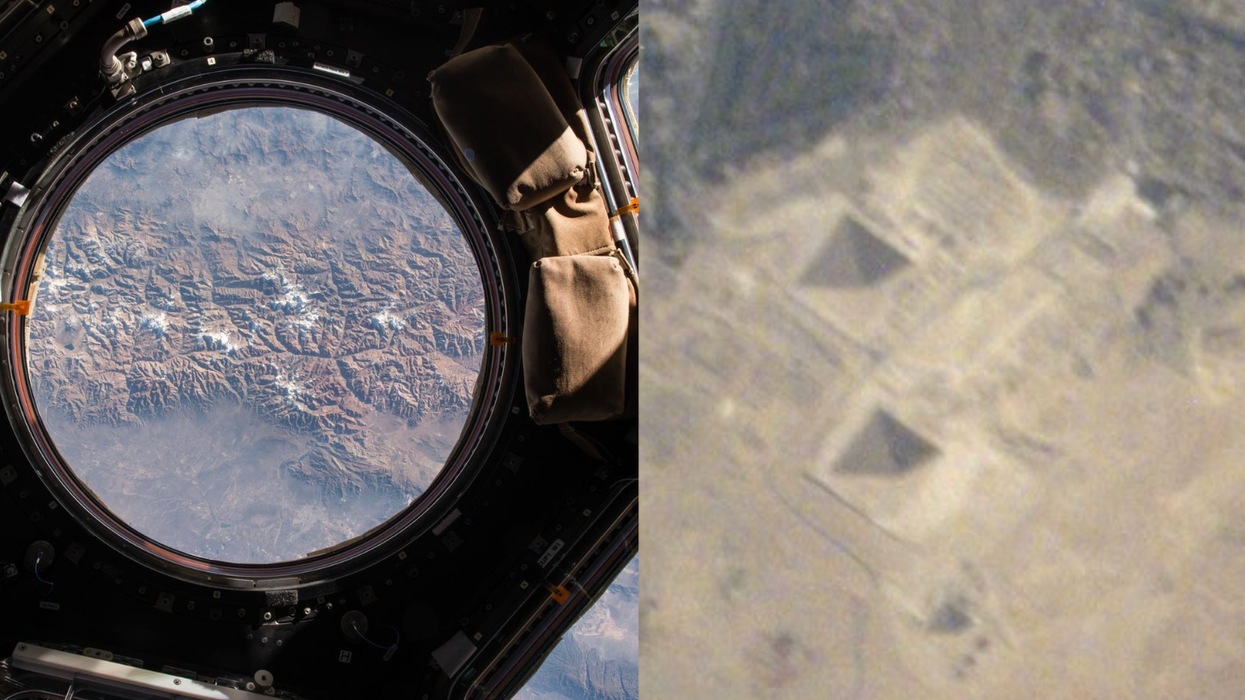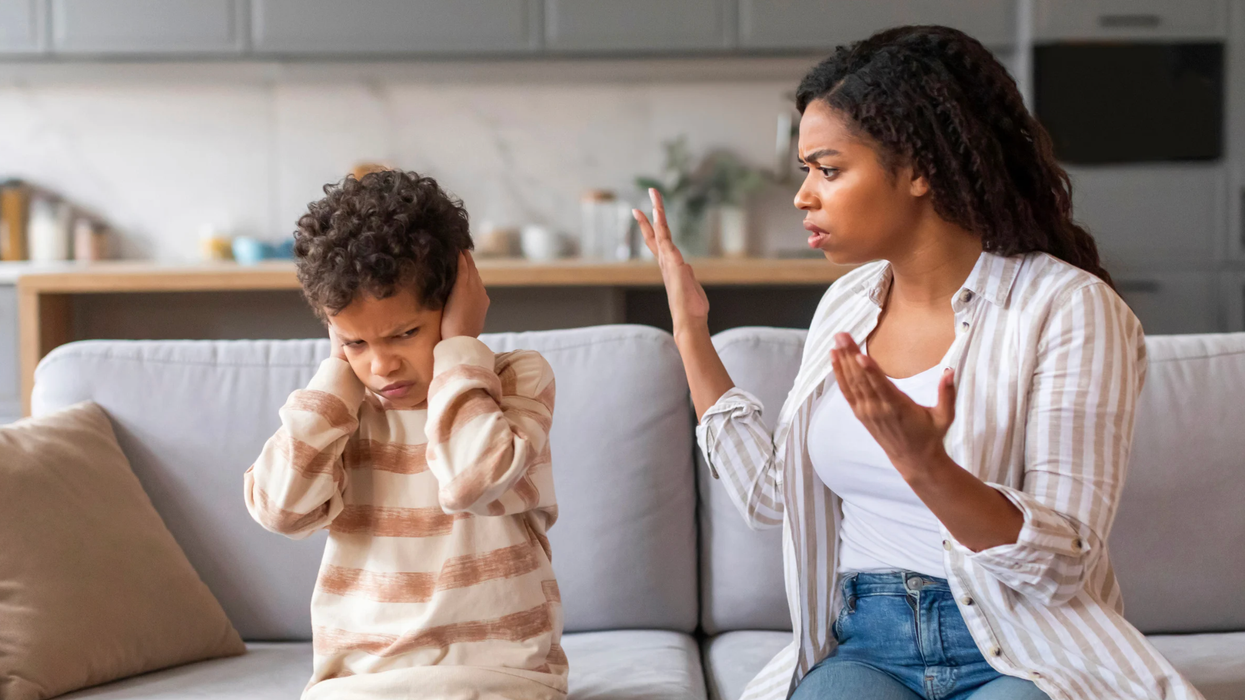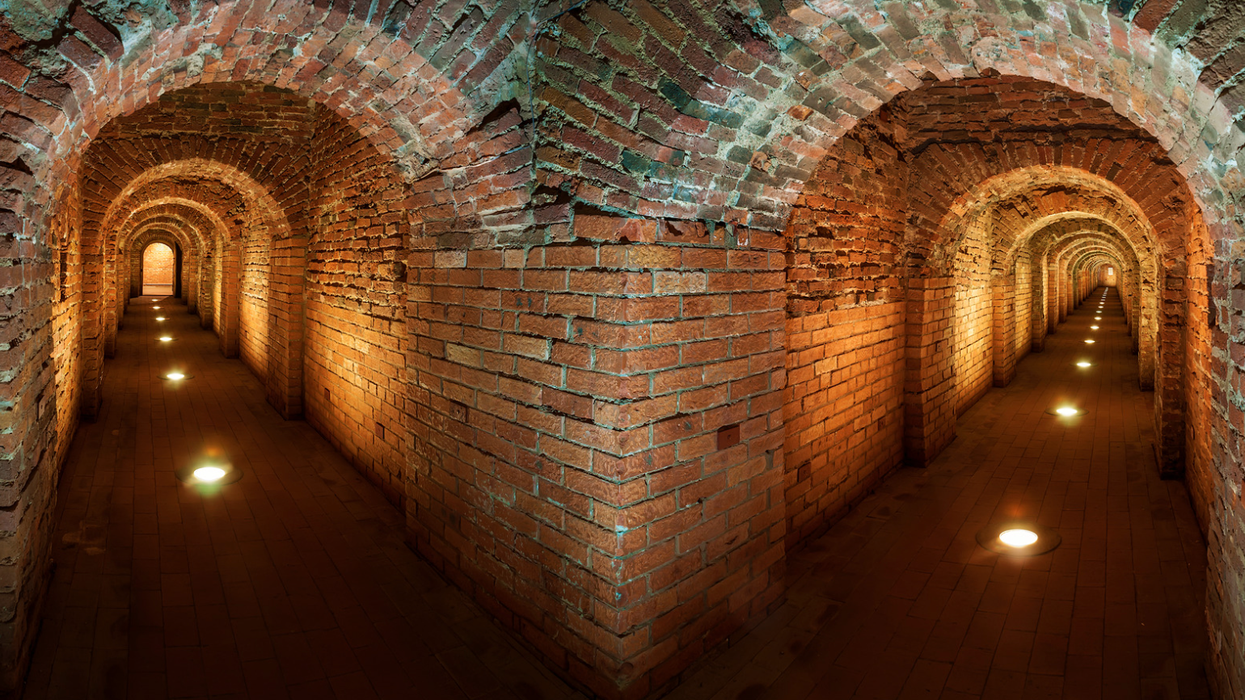How designers are helping to turn around struggling schools.
Going to school is a right of passage, a common denominator in the experience of growing up as an American.
But in our schools, only half of a child's education takes place in the classroom-the rest happens in the lunchroom, on the playground, in the in-between spaces. And only half comes directly from teachers-the rest comes from administrators, coaches, parents, neighbors and volunteers.
Except, of course, for when it doesn't.
Our city of Chattanooga has some of the lowest performing public schools in Tennessee. In recent years, we have looked to state and foundation-sponsored solutions like magnet schools, infrastructure improvements and teacher development programs. These are important steps forward, but in doing so, we outsource the education of our kids to someone else-be it teachers, administrators, or policymakers.
But education isn't the only place we do this. We outsource our health to insurance companies, our finances to banks, our neighbors to social services, our elderly to nursing homes. Why should our children be any different?
This is not an indictment of the whole system. We believe that teachers carry the weight of our kids on their shoulders; we should thank them more often. We should thank staff and administrators more, too. Rather, maybe the problem with schools is a problem with those of us who have long since graduated.
What if we were to do something truly revolutionary. What if we were to get involved, right now, for half an hour.
Last year, we called together a group of local architects, designers, community leaders and writers, along with Project M's John Bielenberg and GOOD's creative director Casey Caplowe, for a two-day convention called, "The End of Design (is to improve life)." The agenda was to find one great idea and take it beyond ideation-to actually do something.
After agreeing that grade school education is a major concern in Chattanooga, the team met with local administrators and teachers. A plan quickly evolved: The Half Campaign asks parents of students, professionals and retirees to volunteer for half an hour each month, to serve a local school and the children that attend it.
Since that time, we have been working with two of downtown Chattanooga's most challenged schools, Battle Academy and Calvin Donaldson Elementary. The hope of a planning period was to ensure that a great idea did not do more harm than good. Simply having a good idea, or just talking about it, is too often a substitute for sustainable change.
Half is not simply about innovation or a PR-worthy launch. It is about building connective tissue that connects the dots, because half an hour is a commitment, and it can make a real difference.
Patty Streip, a family partnership specialist at Battle Academy, said that the biggest benefit is changing students' perceptions of themselves.
"Research is clear that parent involvement is one of the biggest factors in whether a child succeeds in school," she told our local news outlet, Chattarati.com. "For the child whose parent can't or doesn't choose to become involved in a hands-on way, having a 'respected adult' who comes to lunch once a month, or who reads for one half hour, the impact can be enormous."
Kim Honeycutt, who developed a writing course for low-scoring students at Calvin Donaldson, is using Half volunteers as coaches for her kindergartners and as tutors for older kids: "The main criteria is asking good questions because you genuinely want to know. Many of these students don't have anyone telling them that their thoughts matter, that what they have to say matters, that their words are powerful."
Every time a volunteer steps into a child's school, into the lunchroom or classroom, the volunteer brings skills, knowledge and experience. But there is something deeper that happens, too, because the volunteer simply brings his or herself. We come into schools because we want to be there; a kid sees that, and can't help wonder if school has more value than he thought. Even better, he soon comes to realize that it's not really about the school. He is the reason why we're there.
"The community member benefits by getting an inside look at something they otherwise might just read about," said Streip. "The benefit of that is huge, because there is a lot more good happening in public schools than there is bad. She might well become an advocate for public education, and they can speak not from ignorance but from first-hand experience."
There is, of course, something unapolgetically disingenuous about asking for half an hour. The hope is that, over time, people will be drawn in and give even more. But even if that remains the exception rather than the rule, as more and more people give half an hour, a lot of kids' lives will be touched.
Change needs to start somewhere. A half an hour is a great place to start. And lot of half-hours add up-helping kids to grow whole.
Graphics via.
Widgets & Stone is a design studio that connects business with creativity. They design tools and strategies that benefit economy, communication, innovation and brand.
















 Otis knew before they did.
Otis knew before they did.